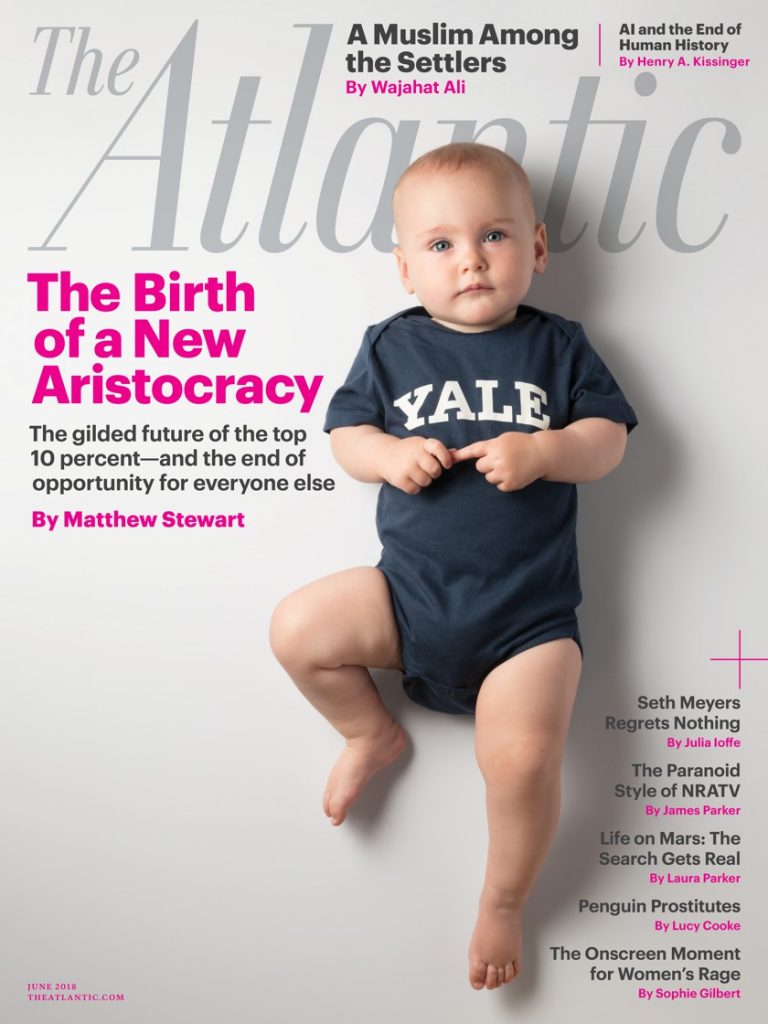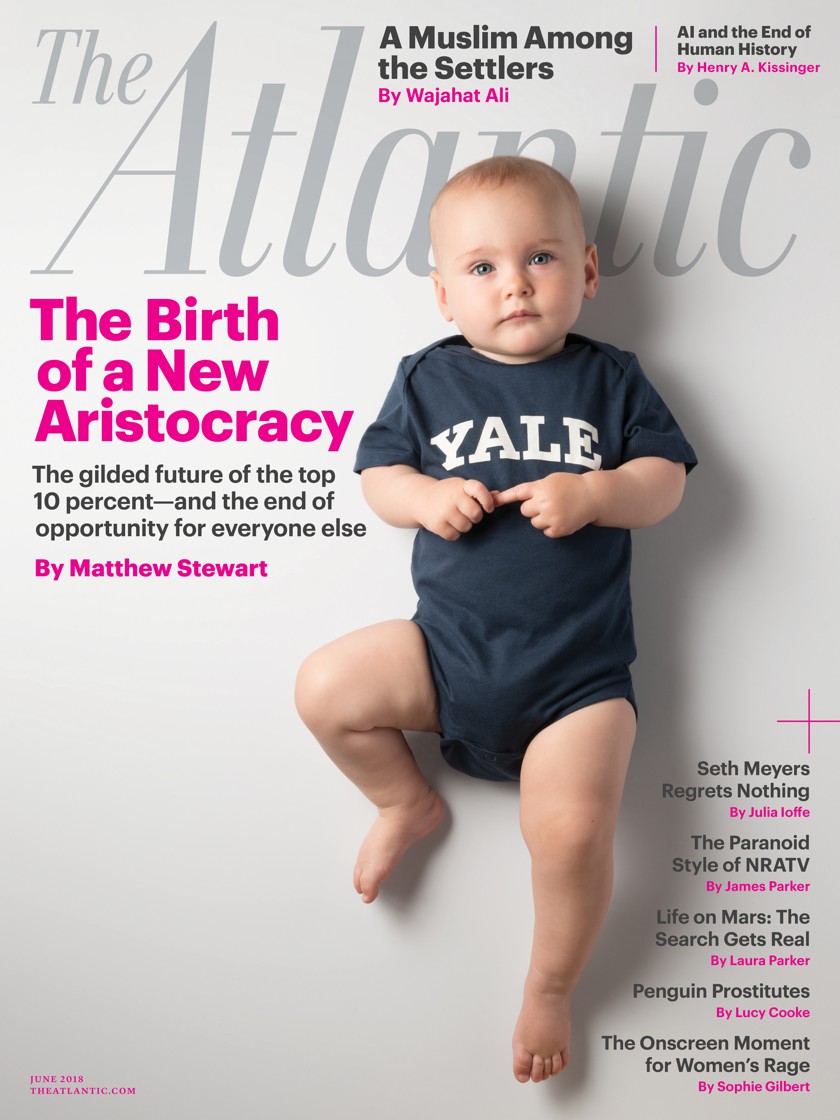 Much has been written about inequality, such as Piketty’s wonderful treatise Capital. We hear about the 1%, the 10%, the 99%, or the 20%/80%.
Much has been written about inequality, such as Piketty’s wonderful treatise Capital. We hear about the 1%, the 10%, the 99%, or the 20%/80%.
The 9.9 Percent Is the New American Aristocracy in the Atlantic makes the case for a revised class system consisting of the 0.1%, the 9.9% and the 90%. The middle class is gone! The author speaks directly to many of the readers of the Atlantic, suggesting they are part of the 9.9%, and thus “probably part of the problem.” The test: your net worth is at least $1.2 million (all assets, home, 401K, etc.)
The core idea is that a meritocracy has replaced the old aristocracy….and that the meritocracy has not acknowledged its role in reinforcing the inequality problem. Put bluntly: “The meritocratic class has mastered the old trick of consolidating wealth and passing privilege along at the expense of other people’s children.” The 9.9 percenters live in safer neighborhoods, go to better schools, have shorter commutes, receive higher-quality health care, and, when circumstances require, serve time in better prisons. But they don’t see themselves as privileged – they earned it!
He notes that while the 1% is often the popular target, that it is really the 0.1% who have been the big winners in the growing concentration of wealth over the past half century. And their gain has been the loss of the 90%. The 9.9% have managed to hang on to their share of the pie, which is the biggest slice!
Contrary to popular myth, economic mobility in the US is not high, and it’s going down. The new class structure is crystallizing. A key factor: education….the premium that college graduates earn over their non-college-educated peers in young adulthood exceeds 70 percent. The meritocracy could be viewed as a “cognitive elite.”
The 9.9 percent are “hoarding the opportunities of daily life.” They are the staff that runs the system that funnels resources from the 90% to the 0.1%, taking their cut of the spoils. That is a really insightful point!
The author believes that reversing inequality is the defining challenge of our time: “The toxic wave of wealth concentration that arose in the Gilded Age and crested in the 1920s finally crashed on the shoals of depression and war….. history shows quite clearly that, in the kind of [inequality] game we’re playing, everybody loses badly in the end.” – Andy Hines

Leave a Reply